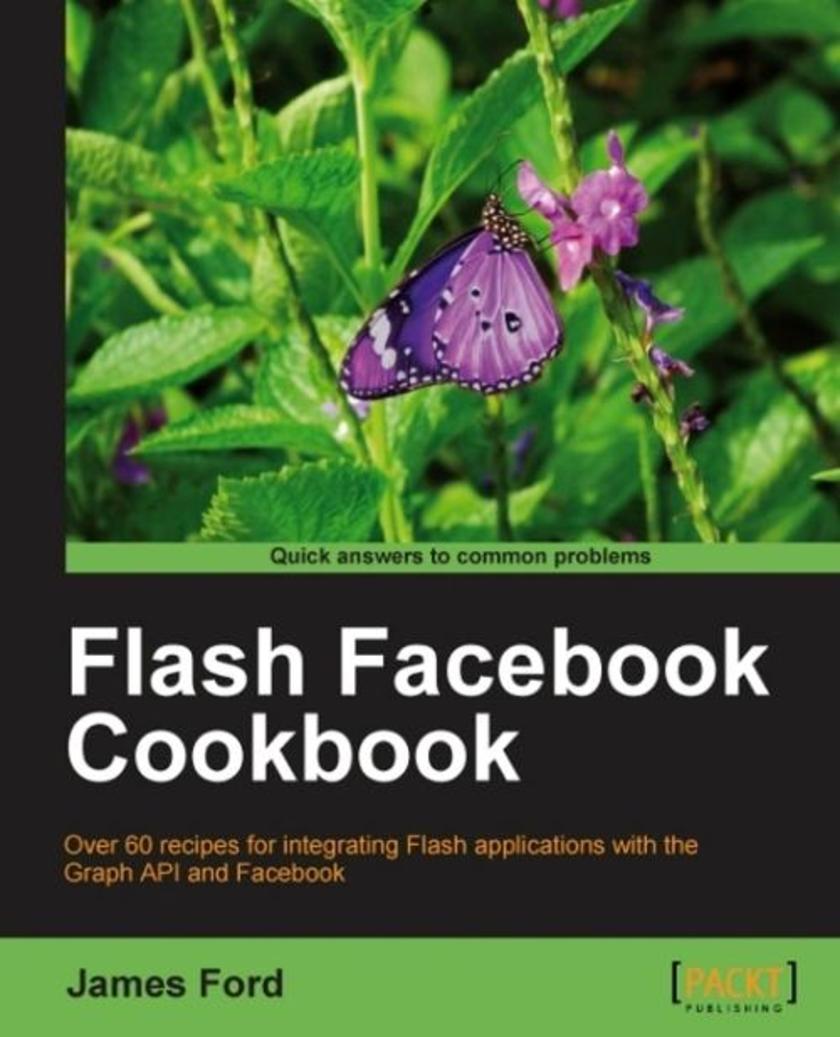
Flash Facebook Cookbook
¥90.46
Written in a cookbook style, this book offers solutions using a recipe-based approach. Each recipe contains step-by-step instructions followed by an analysis of what was done in each task and other useful information. This Cookbook is targeted towards those with at least a basic understanding of the Flash Builder IDE and the Flex framework. No prior knowledge of the Facebook APIs is assumed or required. If you want to start building Flash Facebook apps quickly and effectively this is the book for you.
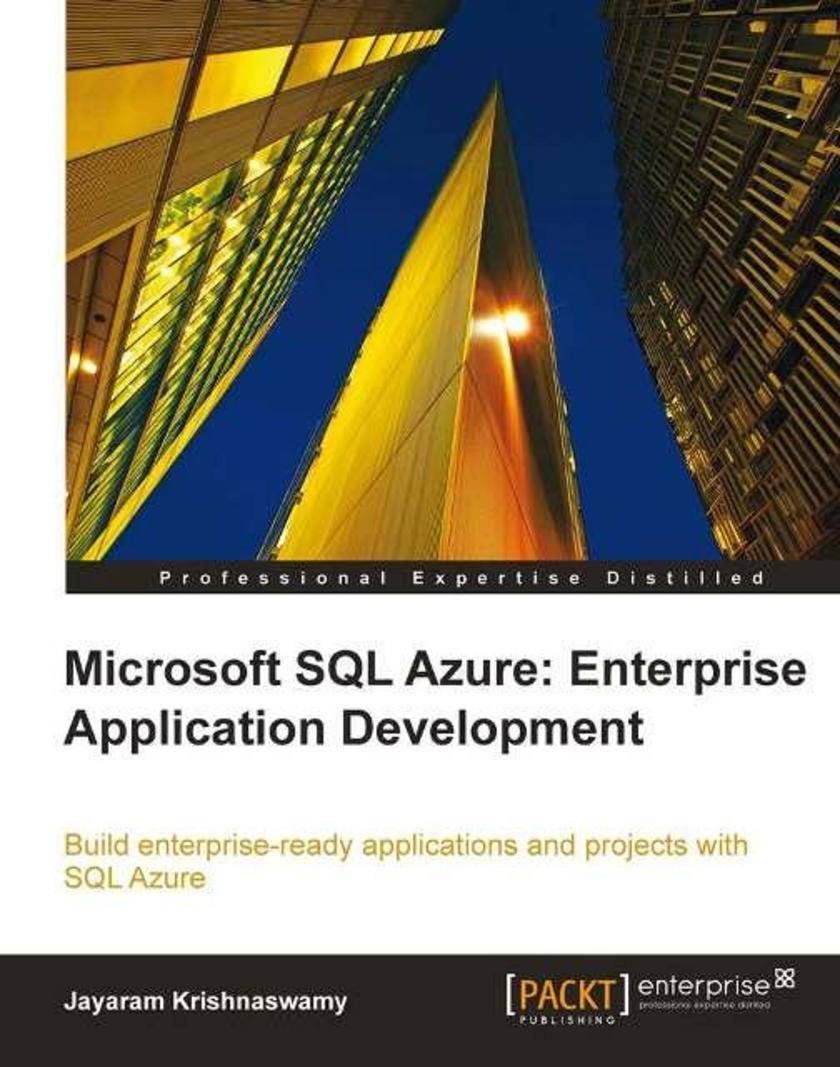
Microsoft SQL Azure: Enterprise Application Development
¥90.46
Each chapter starts with a general overview reviewing the software architecture related information or the underpinning programming concepts followed by an example of working with specific examples. This is then followed by a de*ion of the specific software used in the chapter. The topics that require you to write code are fully explained using annotations and the code is presented in both VB and C# (in most cases). If you are a .Net developer, an architect, or a DBA who wants to develop enterprise applications and projects and extend your on-site skills with SQL Azure, then this book is for you. This book does not assume experience in Windows Azure or SQL Azure, nor is a high level of competency in SQL Server or the .NET Framework and associated technology required. However, a basic understanding of Visual Studio, C#, VB, SQL Servers, XML, web and WCF is required. If you decide to work with SQL Azure, then this book will provide you with the most up to date and practical information.
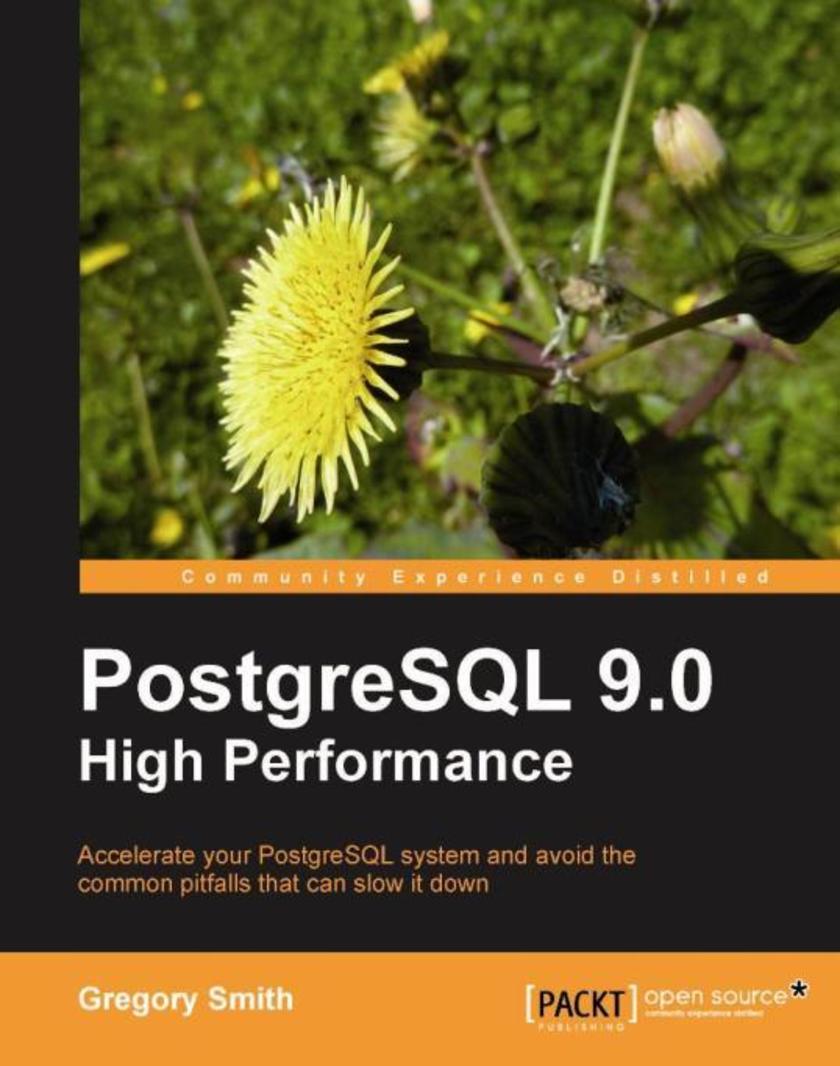
PostgreSQL 9.0 High Performance
¥90.46
Improving database performance requires an equal mix of understanding theoretical concepts and working through hands-on examples. You'll find both here. Many of the examples given will be immediately useful for monitoring and improving your PostgreSQL deployments, providing insight into hard-to-obtain information about your database. This book is aimed at intermediate to advanced database administrators using or planning to use PostgreSQL. Portions will also interest systems administrators looking to build or monitor a PostgreSQL installation, as well as developers interested in advanced database internals that impact application design.
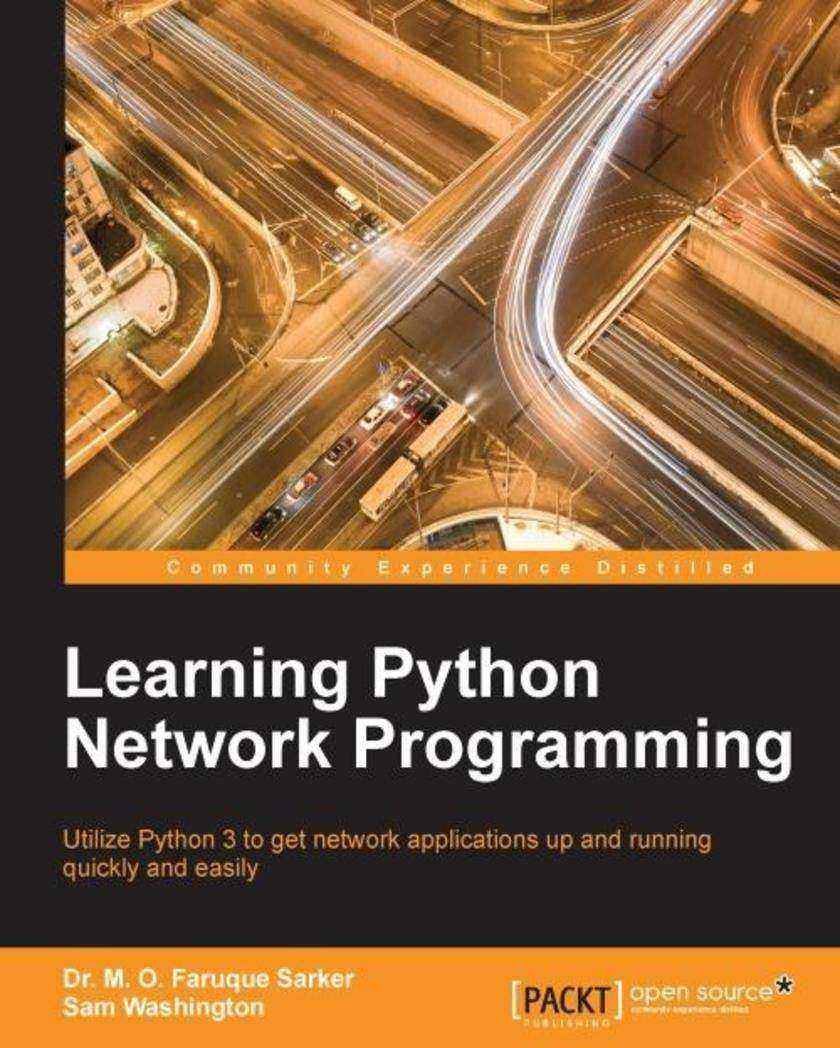
Learning Python Network Programming
¥90.46
If you're a Python developer or a system administrator with Python experience and you're looking to take your first steps in network programming, then this book is for you. Basic knowledge of Python is assumed.
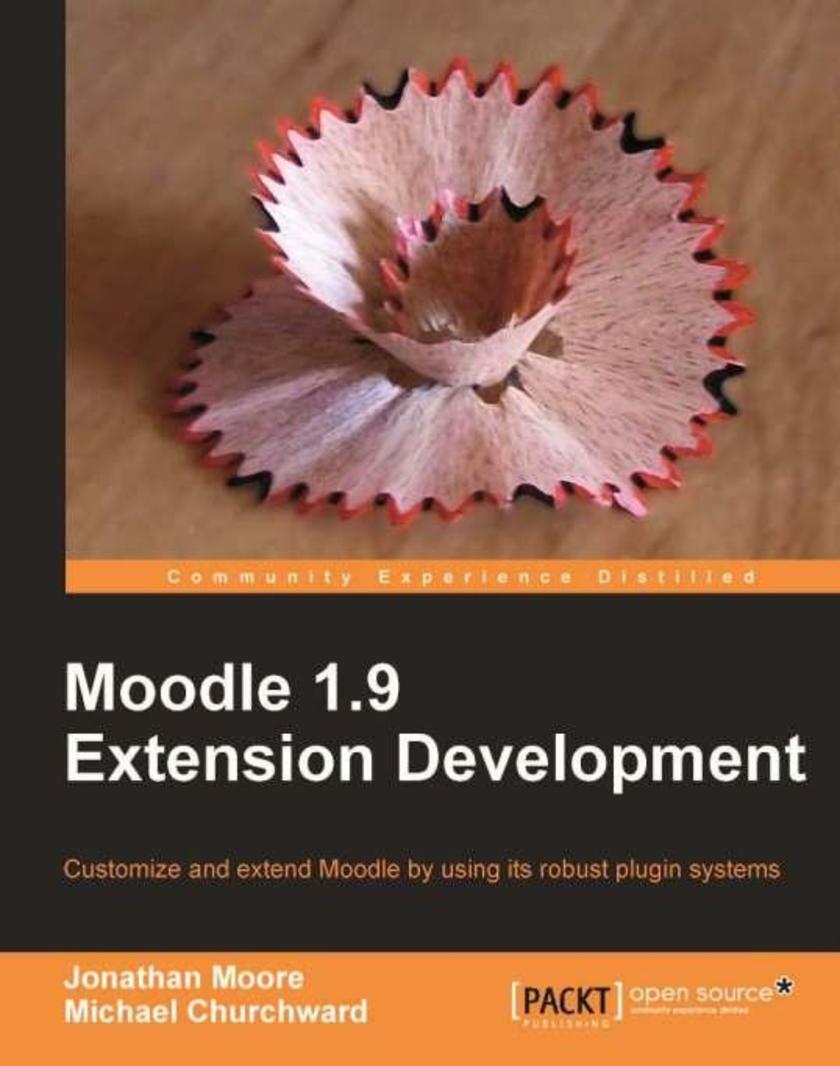
Moodle 1.9 Extension Development
¥90.46
The author’s experience as a Moodle developer enables him to combine a simple, de*ive how-to approach with enthusiastic insights into the rich potential of customizing Moodle according to your needs. The chapters gradually build up your skills and by the end of the book you will be confident enough to customize Moodle on your own. This book is written for technologists who are interested in expanding Moodle's functions through programming, either for their own organizations or to contribute to the open source project. You should be familiar with Moodle's basic technologies: PHP, MySQL ,and HTML/CSS.
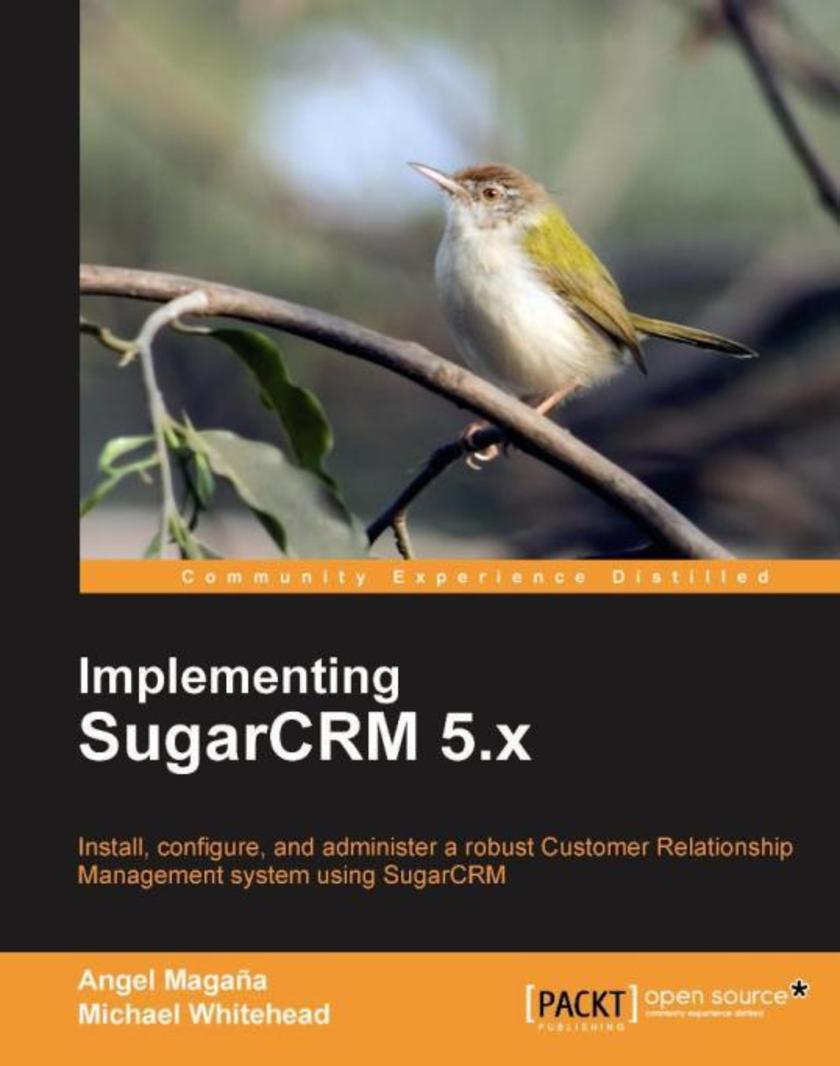
Implementing SugarCRM 5.x
¥90.46
The book works from the SugarCRM basics right up to advanced features in a clear and friendly way. It follows a combination of theoretical discussions relating to varying business needs and the manner in which CRM technology can address them. By helping you clarify your business goals the book enables you to build a CRM system to support your business needs. If you are a small-medium business owner/manager with reasonable IT skills, a system implementer, or a system administrator who wants to implement SugarCRM for yourself either as a first CRM or as a replacement for existing solutions, this book is for you. Existing SugarCRM users who want to broaden their understanding of the topic will find this book valuable too. No programming knowledge is required to use this book to implement, customize, and use SugarCRM.

IBM Lotus Notes 8.5 User Guide
¥90.46
A compact Lotus Notes User Guide, this book covers best practices, hints, tips, and tricks of Lotus Notes 8.5. It draws on real-world examples and you will find this book to be an invaluable reference for Lotus Notes. There are significant changes from the earlier versions of Lotus Notes to the current version of 8.5 and this book covers the new features in detail so that you will be able to take advantage of them. However, this book also covers key features from earlier versions, which have stood the test of time. If you are a business user who wants to get the most out of Lotus Notes, then this book is for you. From beginners to seasoned professionals, this book aims to cover the features, best practices, tips, tricks, and tools that enable you to work smarter—almost effortlessly—in Lotus Notes 8.5.
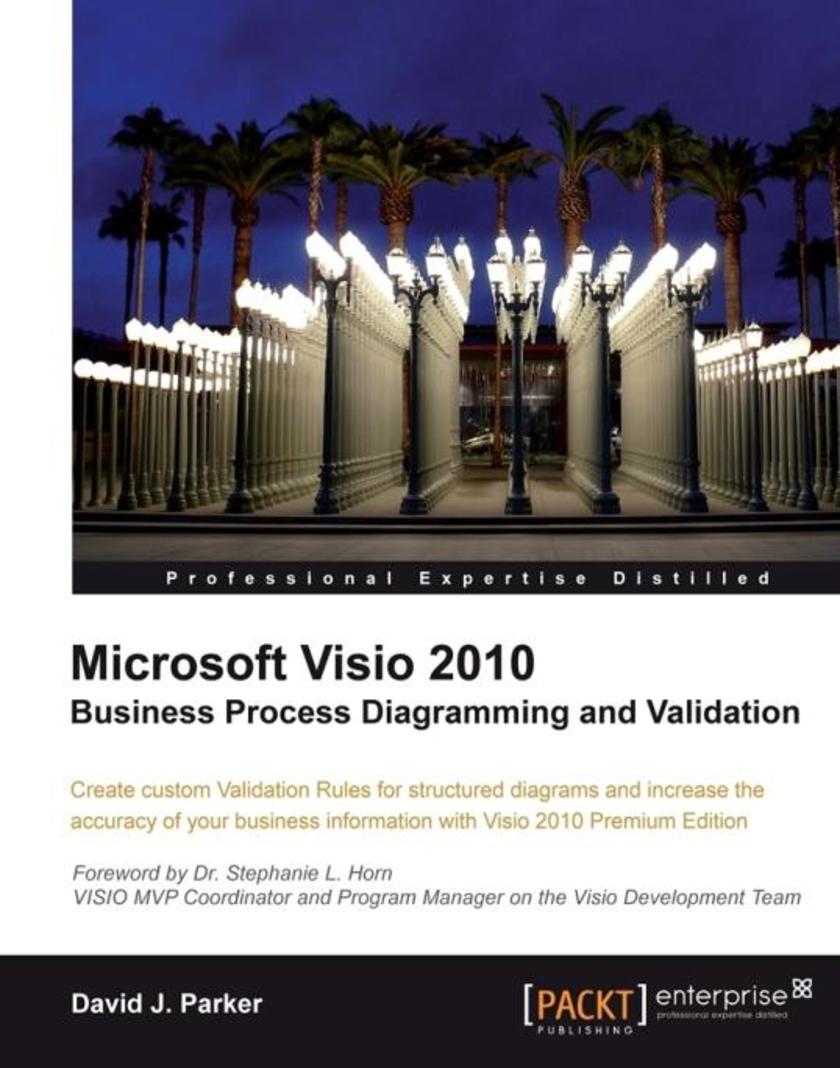
Microsoft Visio 2010 Business Process Diagramming and Validation
¥90.46
A focused tutorial, this book provides a range of practical examples with downloadable code, showing you how to create business process diagramming templates with Visio and enabling you to effectively visualize business information. It draws on real business examples and needs, and covers all the new features of Visio 2010 Premium Edition. If you are a Microsoft Visio 2010 Premium Edition user or developer who wants to get to grips with both the basic features of Visio 2010 and the new Validation Rules in this edition, then this book is for you. A working knowledge of Microsoft Visio, and optionally .NET for the add-in code, is required, though previous knowledge of business process diagramming is not necessary. More experienced Visio users will gain valuable knowledge for building add-ins and creating and publishing rules. If you want to achieve results from Visio 2010 beyond the ordinary out-of-the-box features, then this book is ideal for you. Although this book covers the Premium Edition, much of the book is still useful if you are a Visio 2010 Standard Edition or Professional Edition user.

WCF 4.0 Multi-tier Services Development with LINQ to Entities
¥90.46
This book is a step-by-step tutorial to guide you through learning WCF and LINQ to Entities. You will be guided to create five WCF and LINQ solutions from scratch, of which three are multi-tiered real-world WCF service solutions, so you will not only be reading, but also be coding through the book, to gain practical experience of WCF and LINQ to Entities. Various test clients will be associated with each solution and these solutions can be built and run independently of other solutions. Clear step-by-step instructions and relevant screenshots will make sure you won't get lost in the new world of WCF and LINQ to Entities. Configuration files, host applications, test clients, and WCF services for each solution will also be available for download for you to examine, modify, and debug from the outside in. The book focuses on the essentials of using WCF and LINQ to Entities, rather than providing a reference to every single possibility. It leaves the reference material online where it belongs, and concentrates instead on practical examples, code, and advice. This book is for C# and C++ developers who are eager to get started with WCF and LINQ to Entities, and want a book that is practical and rich with examples from the very beginning. Developers and architects evaluating SOA implementation technologies for their company will find this book particularly useful because it gets you started with Microsoft's tools for SOA and shows you how to customize our examples for your prototypes. This book presumes basic knowledge of C# or C++. Previous experience with Visual Studio will be helpful but is not required, as detailed instructions are given throughout the book.
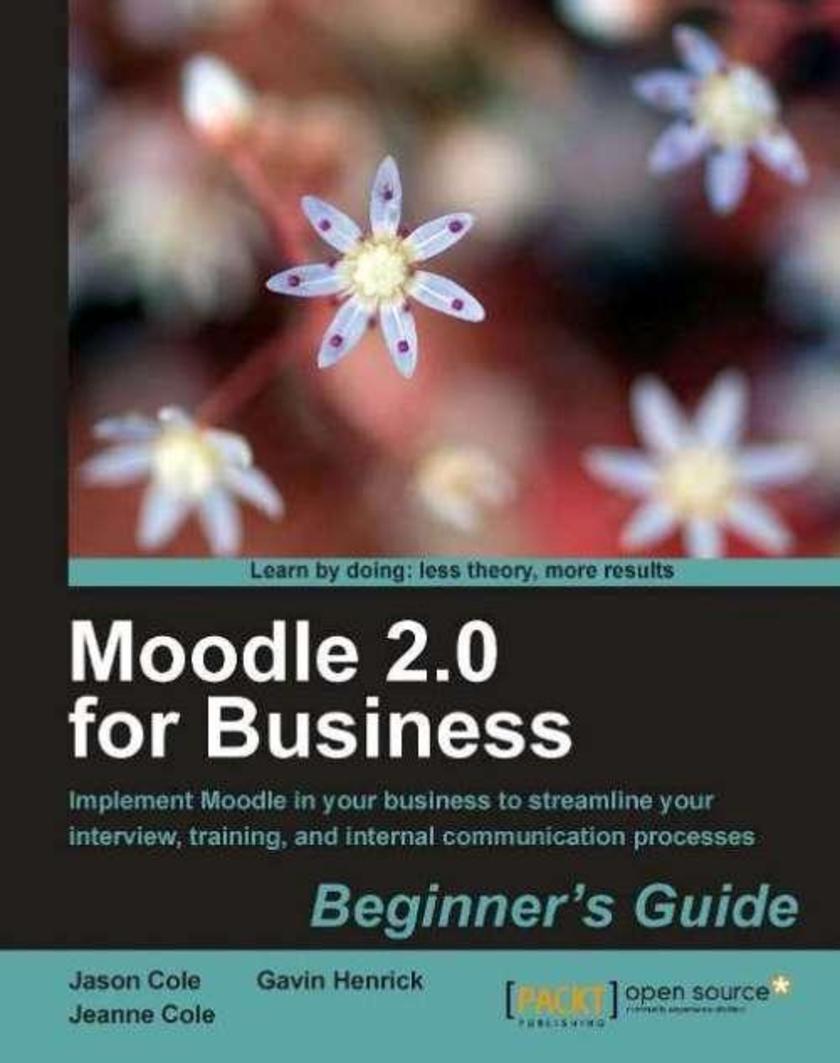
Moodle 2.0 for Business
¥90.46
Part of Packt's Beginner's Guide series, each chapter looks at a different aspect of using Moodle in a business environment, and steadily guides the reader through setting Moodle up in their own business with the help of practical examples, accompanied by lots of screenshots. Each chapter also includes case studies from well-known companies that have already implemented Moodle. If you are responsible for training, recruitment, or maintaining any guidelines within your company, then this book is for you. No previous experience with Moodle is necessary as the examples are easy to follow
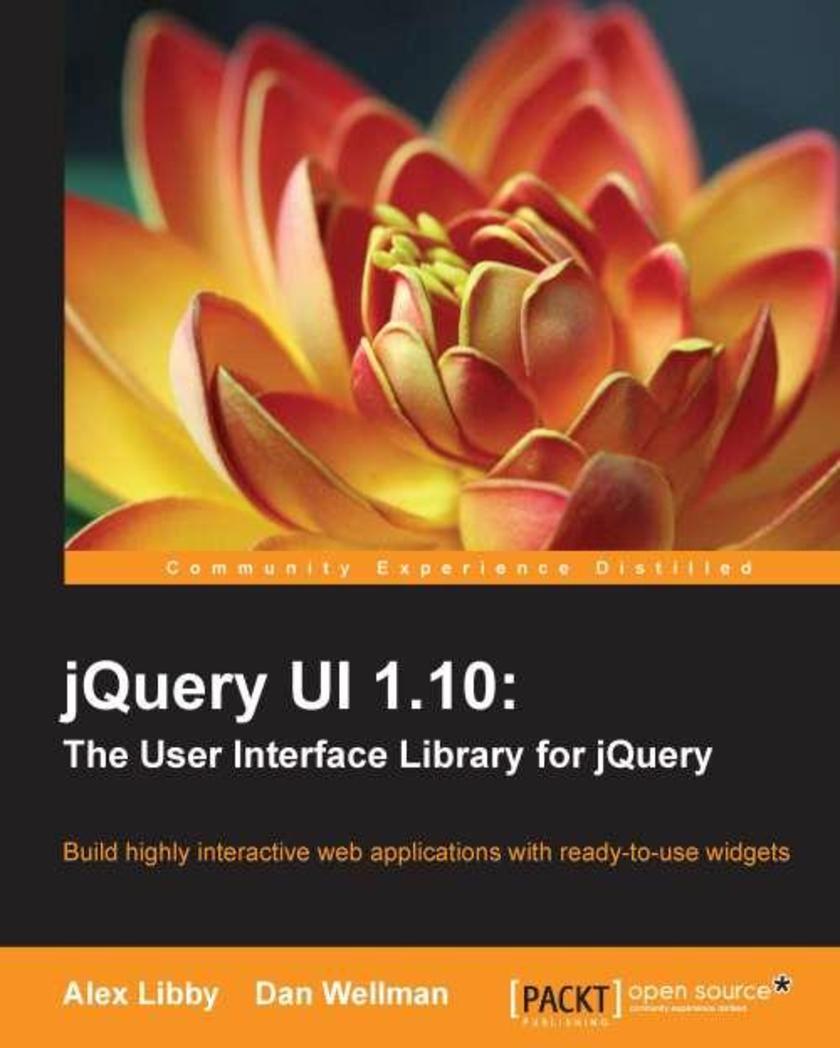
jQuery UI 1.10: The User Interface Library for jQuery
¥90.46
This book consists of an easy-to-follow, example-based approach that leads you step-by-step through the implementation and customization of each library component.This book is for frontend designers and developers who need to learn how to use jQuery UI quickly. To get the most out of this book, you should have a good working knowledge of HTML, CSS, and JavaScript, and should ideally be comfortable using jQuery.
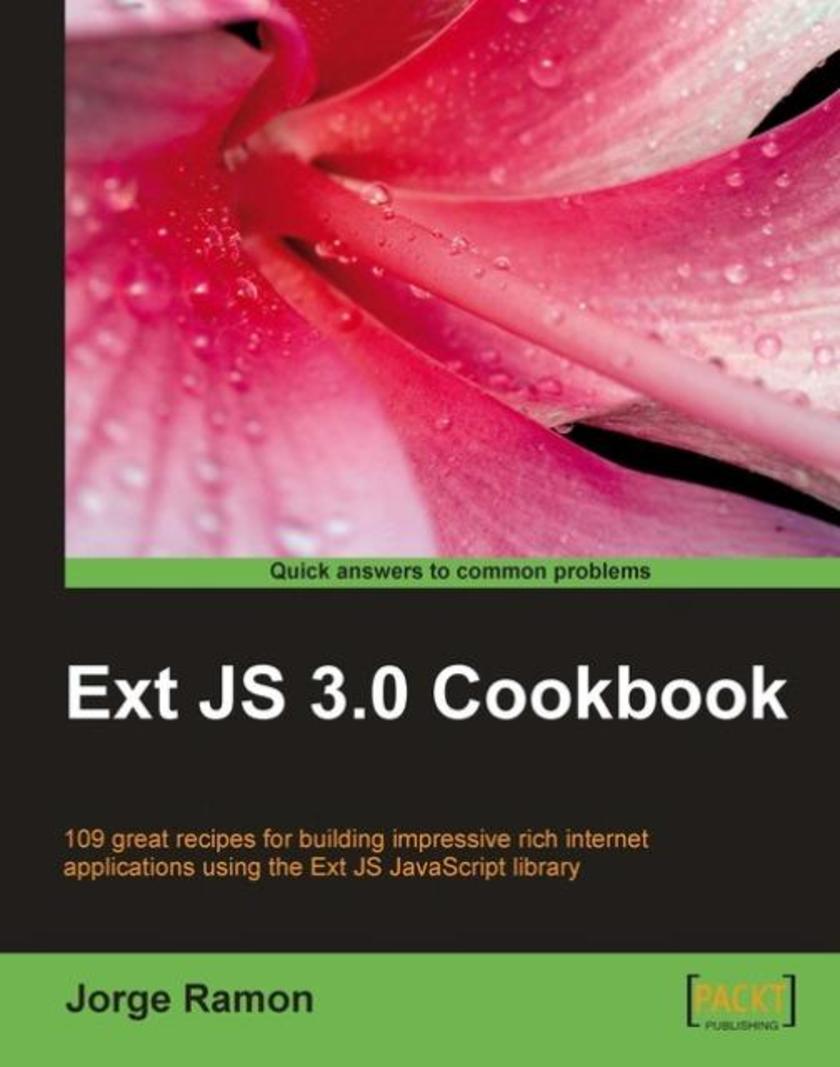
Ext JS 3.0 Cookbook
¥90.46
The Ext JS Cookbook contains step-by-step instructions for Ext JS users to build desktop-style interfaces in their own web applications. The book is designed so that you can refer to it chapter by chapter, or you can look at the list of recipes and read them in no particular order. The Ext JS Cookbook is for Ext JS users who want a book of useful techniques, with explanations, that they can refer to and adapt to their purposes. Developers who are already familiar with Ext JS will find practical guidance and numerous examples covering most of the library's features and components that can be used as a solid foundation to build upon when creating rich internet applications.
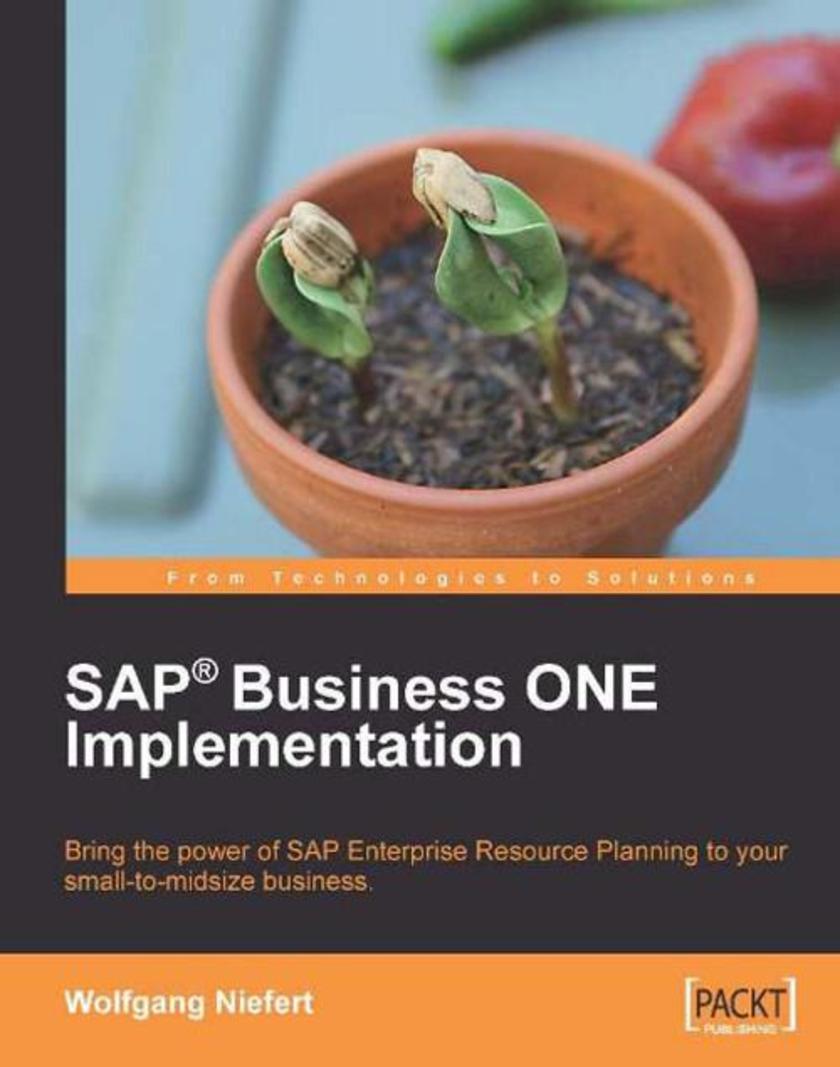
SAP Business ONE Implementation
¥90.46
With clear instructions and plenty of screenshots, this book will provide you all the support and guidance you need to implement SAP Business One in your business. We will work with a project plan in each chapter and implement new techniques in the related case study. Alongside this hands-on approach tips and tricks are provided that you can use for your own project. This book is written for technically savvy business owners, entrepreneurs, and departmental managers. If you are a departmental sales manager you can benefit from the advanced sales stages and workflow concept in this book. The seasoned inventory and warehouse manager can immediately utilize the inventory optimization and warehouse management concepts. Your web technicians will benefit from the e-commerce information and understand how your web strategy can be aligned with SAP B1. As a business owner your key players from sales to fulfillment gain back control and you can grow your business to the next level using modern franchising concepts. If you have SQL skills you can leverage your knowledge, connecting with SAP tools and features that are built on queries. No previous experience with SAP or ERP is assumed.
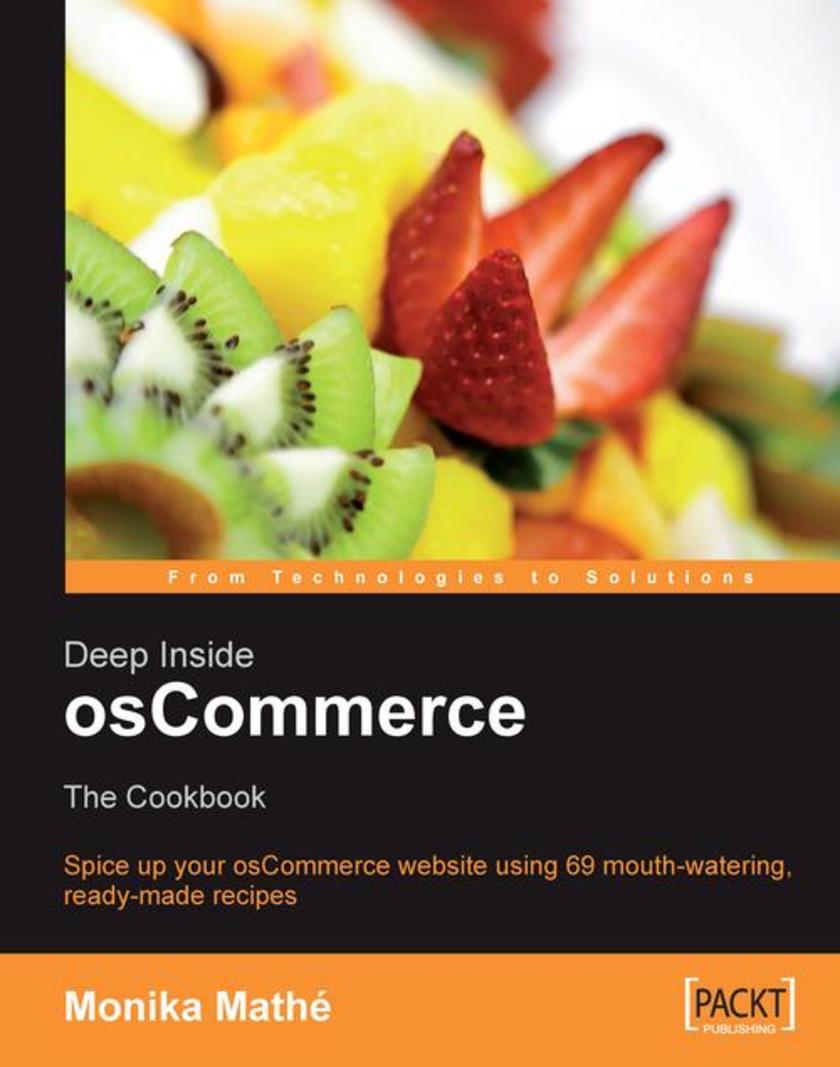
Deep Inside osCommerce: The Cookbook
¥90.46
This book is aimed at people with existing online stores, built using osCommerce. The book follows a systematic approach whereby users can modify and extend features on their already existing osCommerce site. Each chapter deals with a different aspect , and provides ready-made recipes for modifying code to your requirements. The author starts by explaining basic changes one can make to the design of your store, and then covers features like navigation, images, shipping and payment modules, and even explains how to make changes on the administrator?s side and keeping your own recipes private. This book is for people who are already familiar with osCommerce. It presumes a working knowledge of PHP and HTML, as well as basic understanding of phpMyAdmin for database inserts.
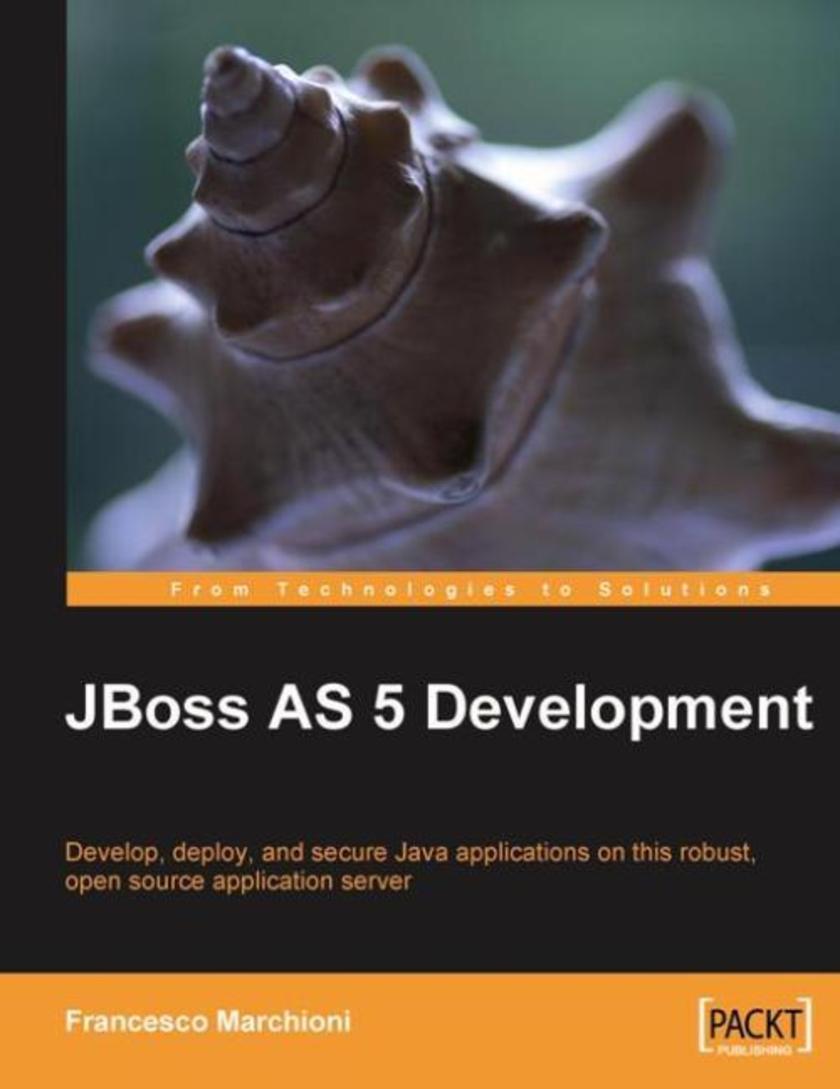
JBoss AS 5 Development
¥90.46
This book follows a tutorial-based approach starting with simple examples, which are enriched in the following chapters as new topics are introduced. Each chapter provides clear instructions and detailed screenshots, as the user approaches a new facet of the development environment. Most complex topics have been explained using practical examples, which will help you to master JBoss AS development. If you are a Java architect or developer who wants to get the most out of the latest release of the JBoss application server or a JBoss administrator who wants a clear and simple reference for JBoss services, this book is for you. You are not expected to have accumulated experience on the application server though you must know the basic concepts of Java EE.
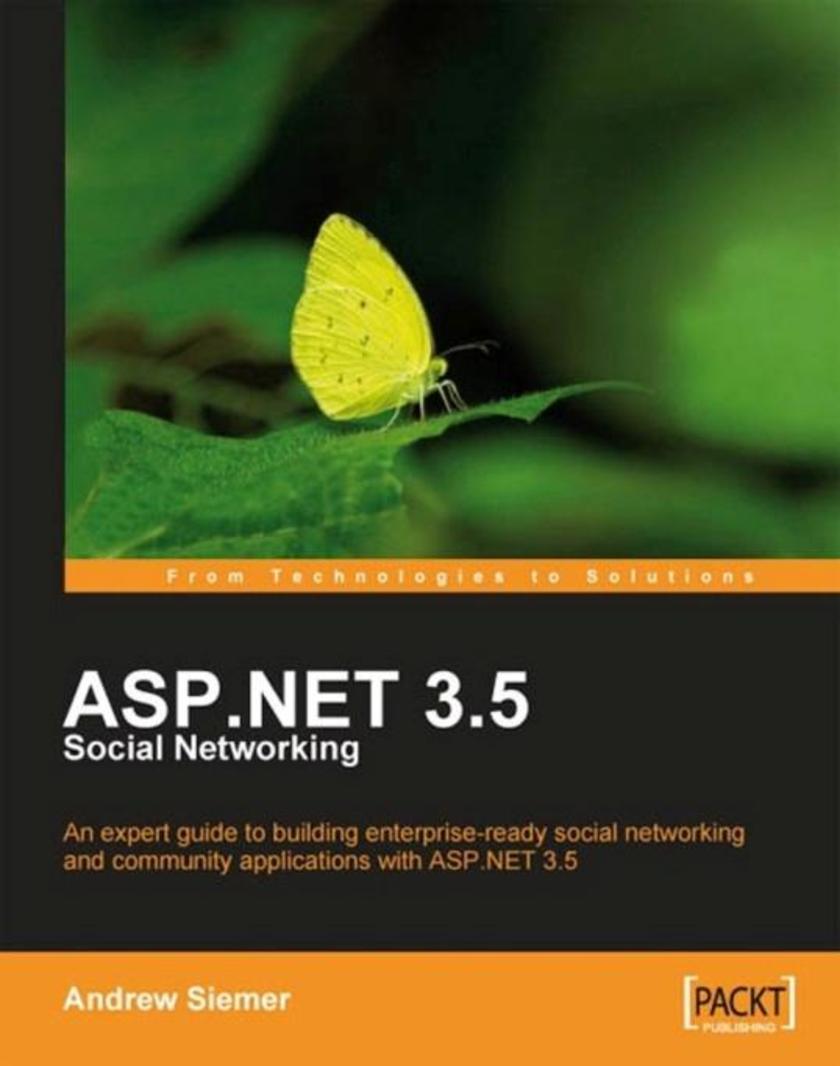
ASP.NET 3.5 Social Networking
¥90.46
Each chapter starts by showing the user experience we are going to create in the chapter. It then has a section discussing the major design decisions we face in building these features, and finally presents the 'solution' including the overall architecture and highlighting the most important code elements. The book presents a lot of real-world code, with comprehensive explanation and discussion. The full social network application is available for download from the Packt website, for you to examine, study, and modify. This book is written for ASP.NET and C# developers who want to build an enterprise-grade Social Network, either for their own business purposes or as a contract job for another company. The book assumes you have prior experience of developing web applications using ASP.NET 3.5, C# 3.0, SQL Server 2005/2008, and Visual Studio .NET 2008; it focuses on topics that will be of interest to existing developers not on providing step-by-step examples for each detail.
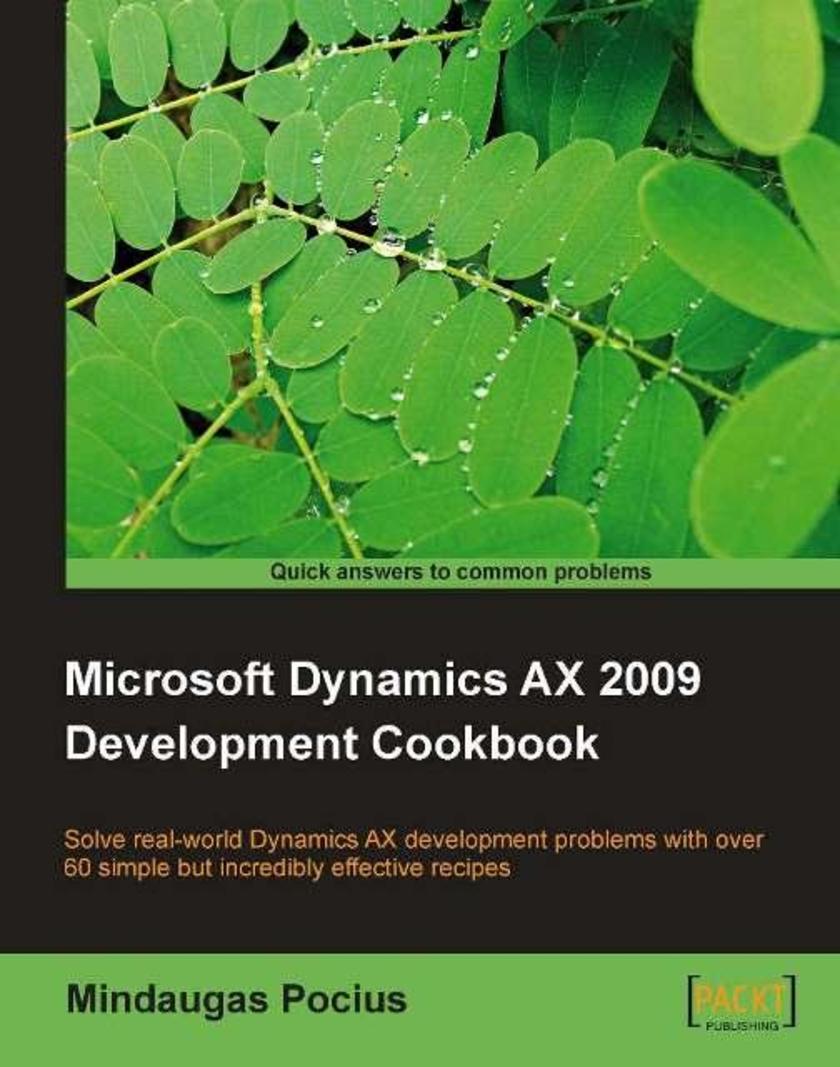
Microsoft Dynamics AX 2009 Development Cookbook
¥90.46
This book contains a list of useful Dynamics AX modifications – recipes – along with all required code and in-depth explanations. Most of the recipes are presented using real-world examples in a variety of Dynamics AX modules. The step-by-step instructions along with many useful screenshots make learning easier. This book is for Dynamics AX developers, and is primarily focused on delivering time-proven application modifications. Although new X++ developers could use this book along with their beginner guides, this book is focused more on people who are willing to raise their programming skills above the beginner level, and at the same time learn the functional aspects of Dynamics AX. So, some Dynamics AX coding experience is expected.
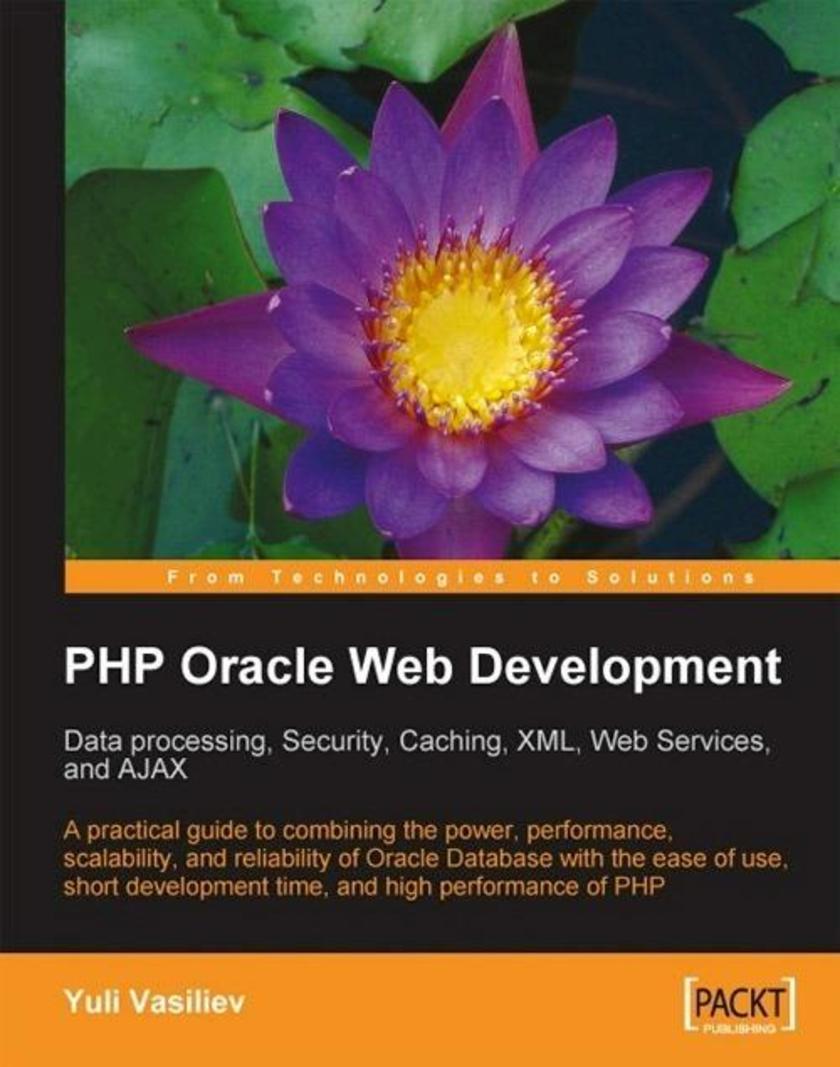
PHP Oracle Web Development
¥90.46
Through numerous examples, this book shows you how to build simple and efficient PHP applications on top of Oracle, efficiently distributing data processing between the Web/PHP server and Oracle Database server. Although this book covers only the most popular and up-to-date topic areas on the use of PHP in conjunction with Oracle, the author does not make any assumption about the skill level of the reader. Packed with information in an easy-to-read format, the book is ideal for any PHP developer who deals with Oracle.
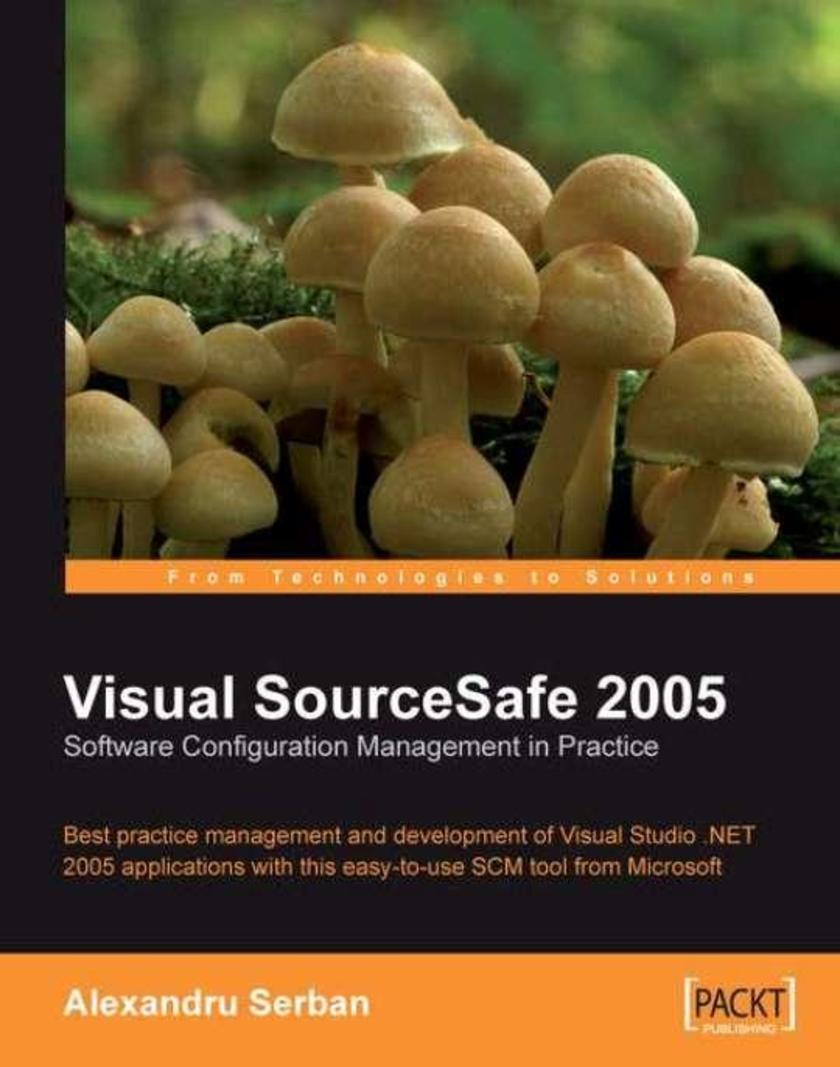
Visual SourceSafe 2005 Software Configuration Management in Practice
¥90.46
After introducing the fundamental principles of SCM and the benefits of using SCM to manage the software development lifecycle this book uses a real-world case-study project to build a Service-Oriented Application named Orbital Hotel. You will learn the team cooperation features in Visual SourceSafe with the help of John and Mary, two fictional team members assigned to implement various project components. You can visit Orbital Hotel online and you can download its source code. The appendices deal with SourceSafe administration tasks: database creation and management, how to secure the database and how to assign users and user rights, how to manage projects and project settings, and how to customize SourceSafe to best suit your development style. This book is for .NET developers, testers and configuration managers who: Use Visual Studio .NET 2005 for building software Want to use software configuration to manage their products in day-to-day activities Want to improve their efficiency by learning to use the best practices with SourceSafe Want to install, manage, and configure Visual SourceSafe 2005 for optimal operation. The book does not assume previous knowledge of Software Configuration Management or Visual SourceSafe. It takes the reader from the ground up and is a great resource for people starting to learn about this subject. Readers with previous SourceSafe experience will benefit by discovering the improved and new features in Visual SourceSafe 2005.
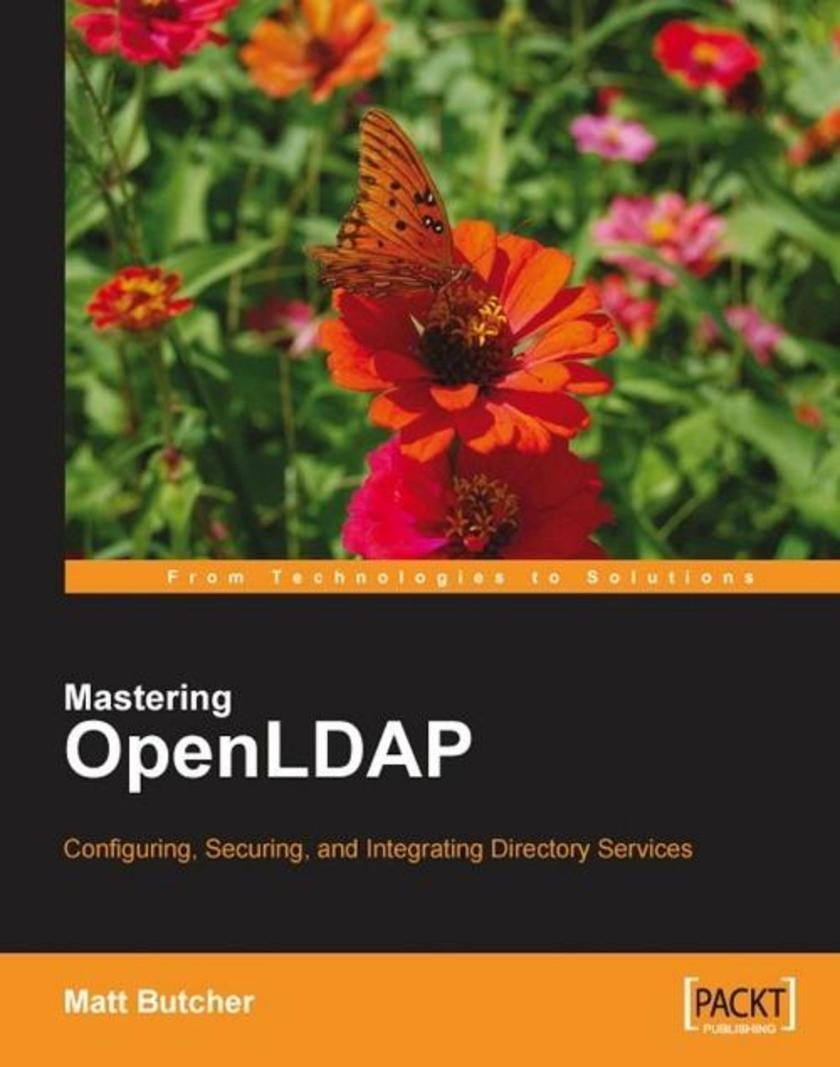
Mastering OpenLDAP: Configuring, Securing and Integrating Directory Services
¥90.46
This book has been written from the application developer's perspective, tackling the topics that will be most important to helping the application developer understand OpenLDAP, and get it set up as securely and quickly as possible. It shows how OpenLDAP interoperates with other UNIX/Linux services (DNS, NIS, Samba, etc.). The target audience will require basic Linux system administration knowledge, but no prior knowledge of LDAP or OpenLDAP is assumed. If you are web savvy and are interested in using OpenLDAP for web applications and services like client interaction then this is the book for you.
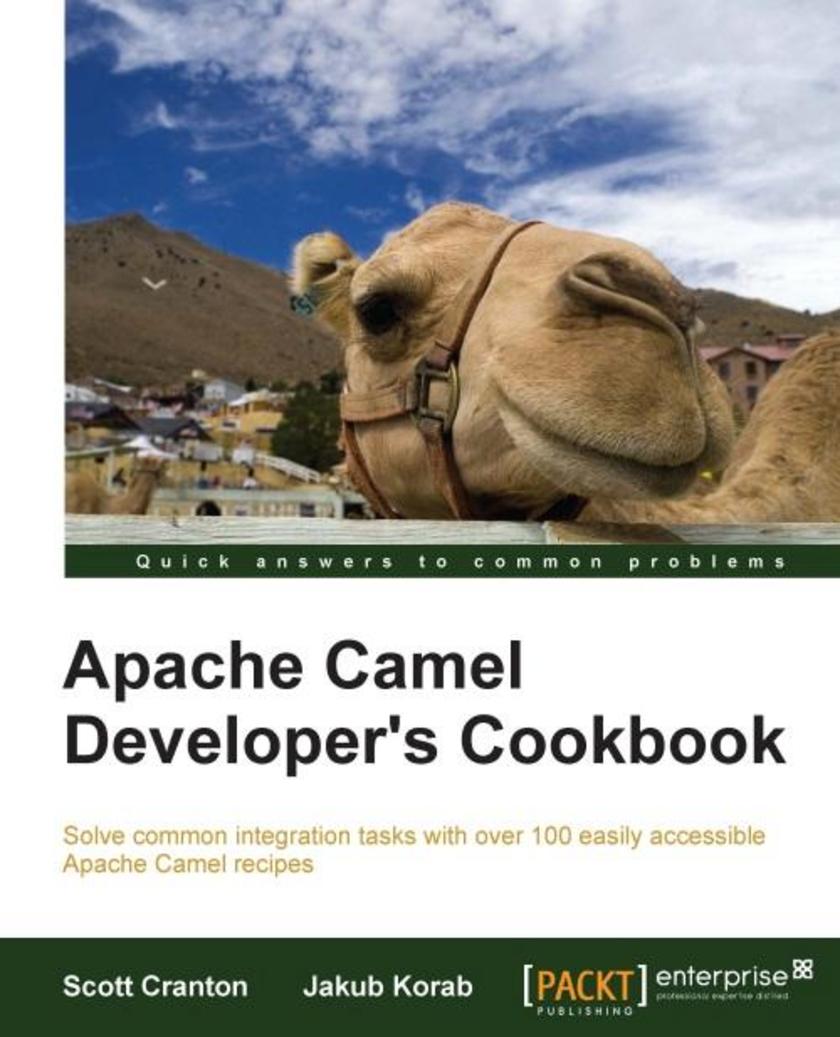
Apache Camel Developer's Cookbook
¥90.46
This book is written in a Cookbook style with short recipes showing developers how to effectively implement EIP without breaking everything in the process. It is concise and to the point, and it helps developers get their data flowing between different components without the need to read through page upon page of theory, while also enabling the reader to learn how to create exciting new projects.Camel Enterprise Integration Cookbook is intended for developers who have some familiarity with Apache Camel and who want a quick lookup reference to practical, proven tips on how to perform common tasks. Every recipe also includes a summary and reference pointers for more details that make it easy for you to get a deeper understanding of the Apache Camel capabilities that you will use day to day.




 购物车
购物车 个人中心
个人中心



